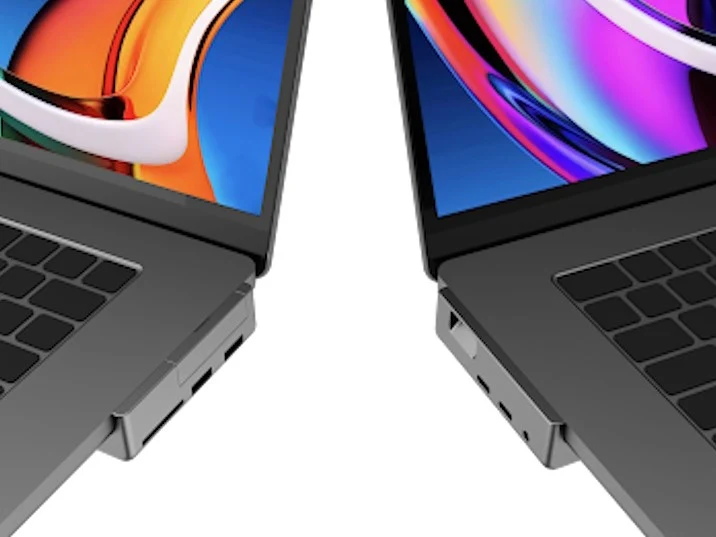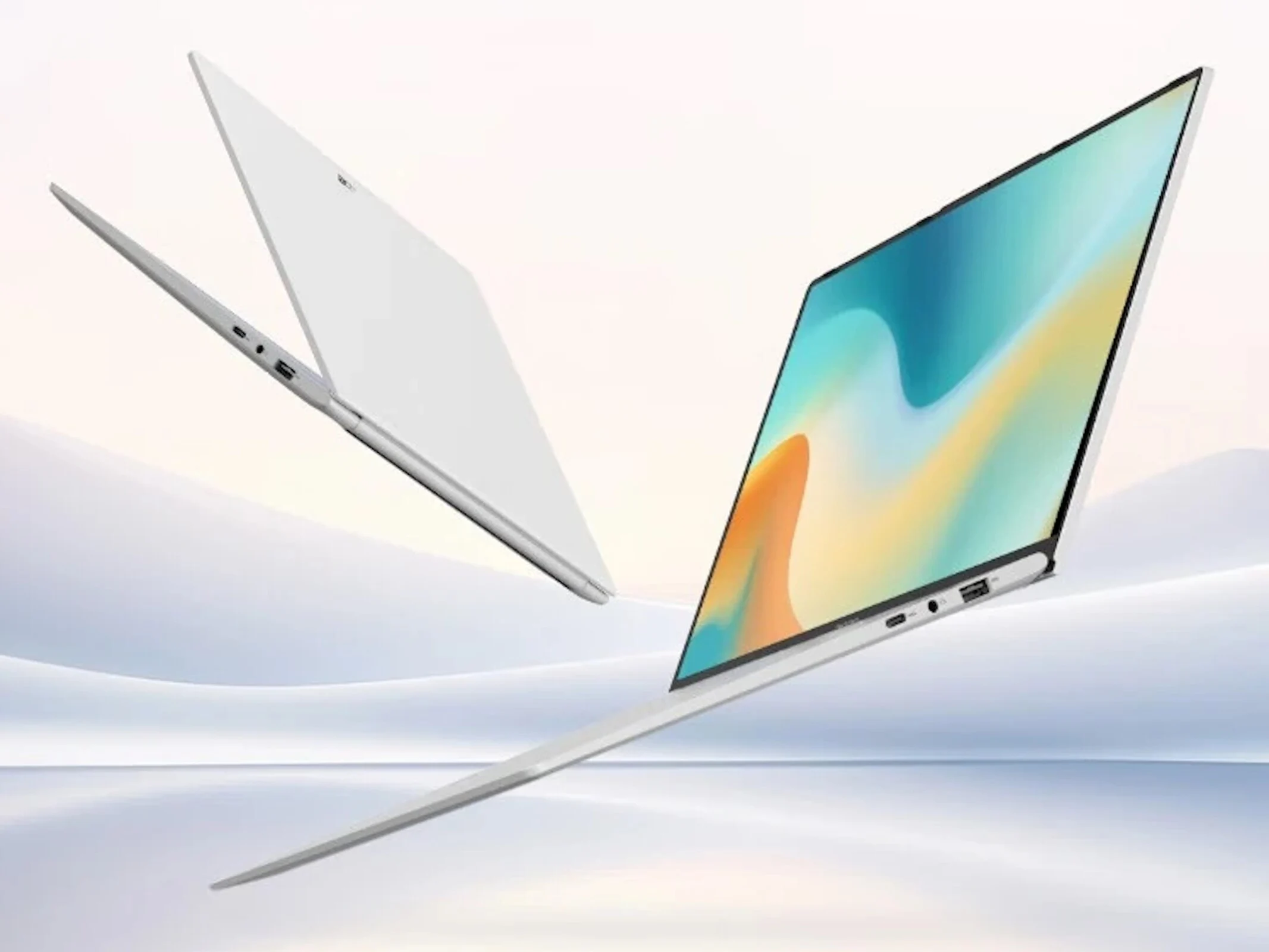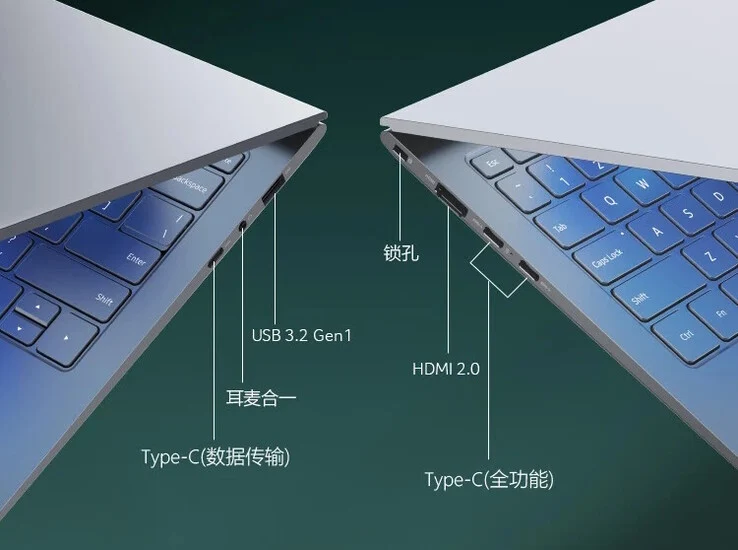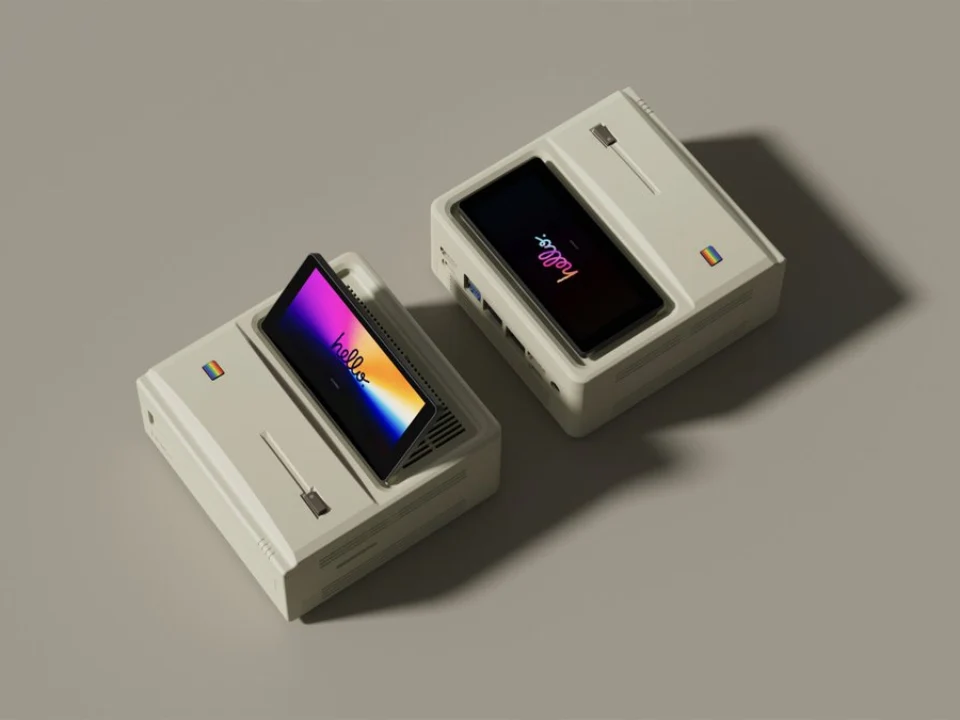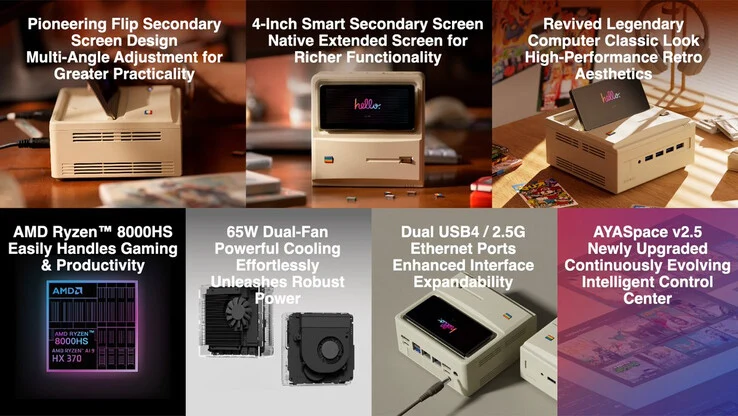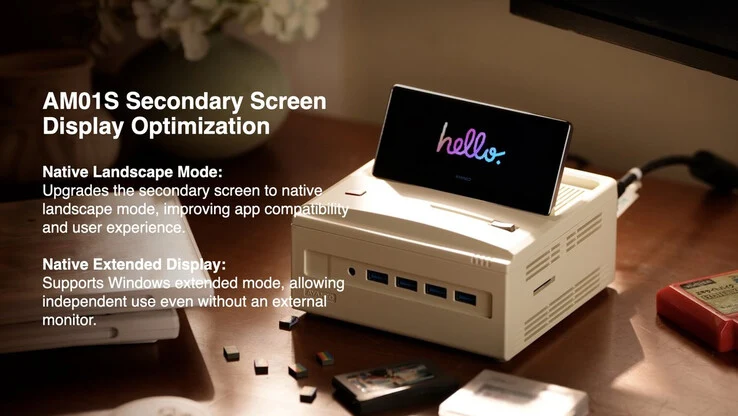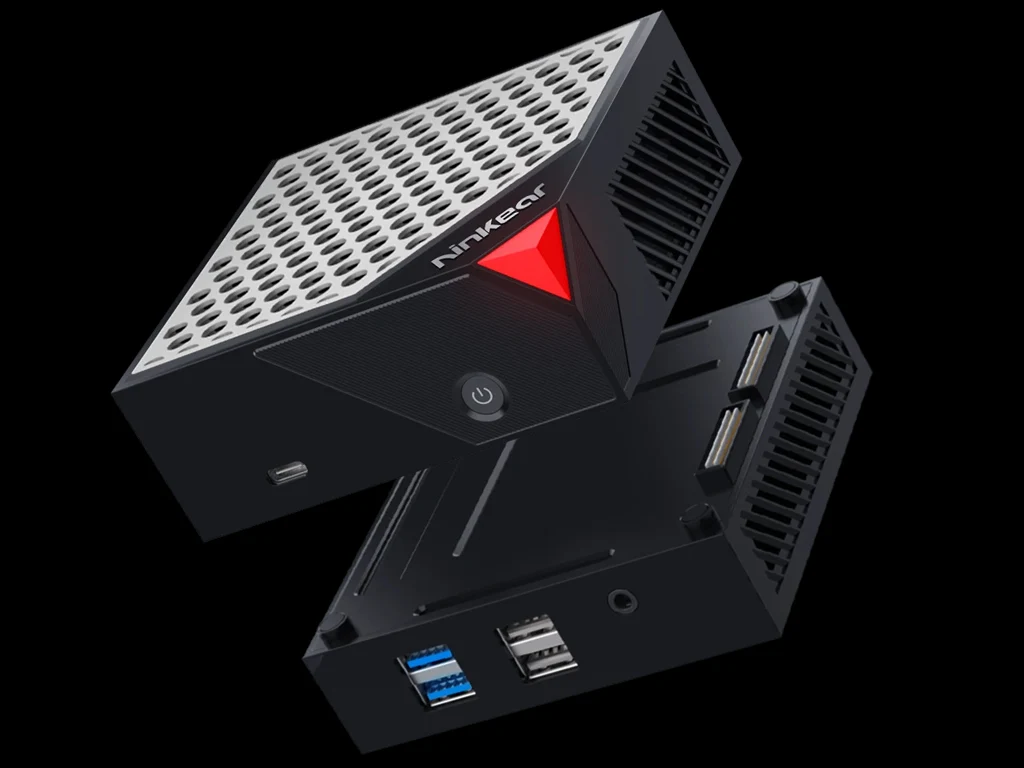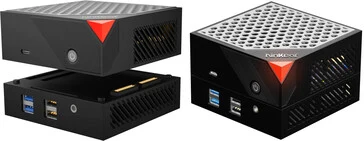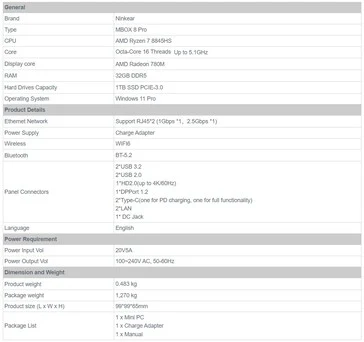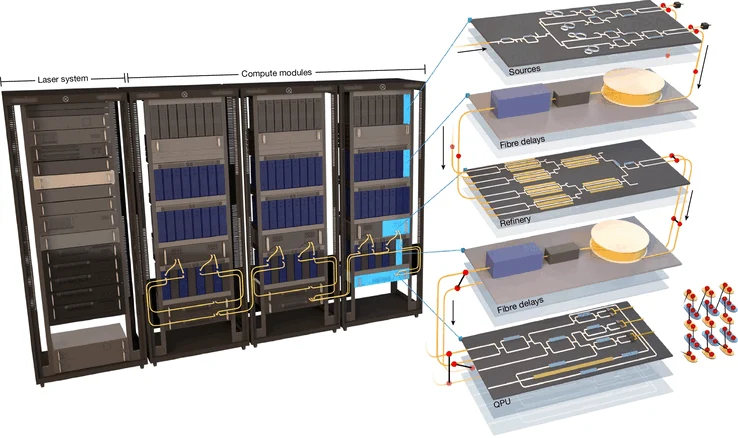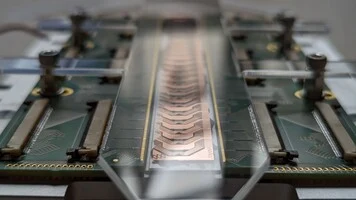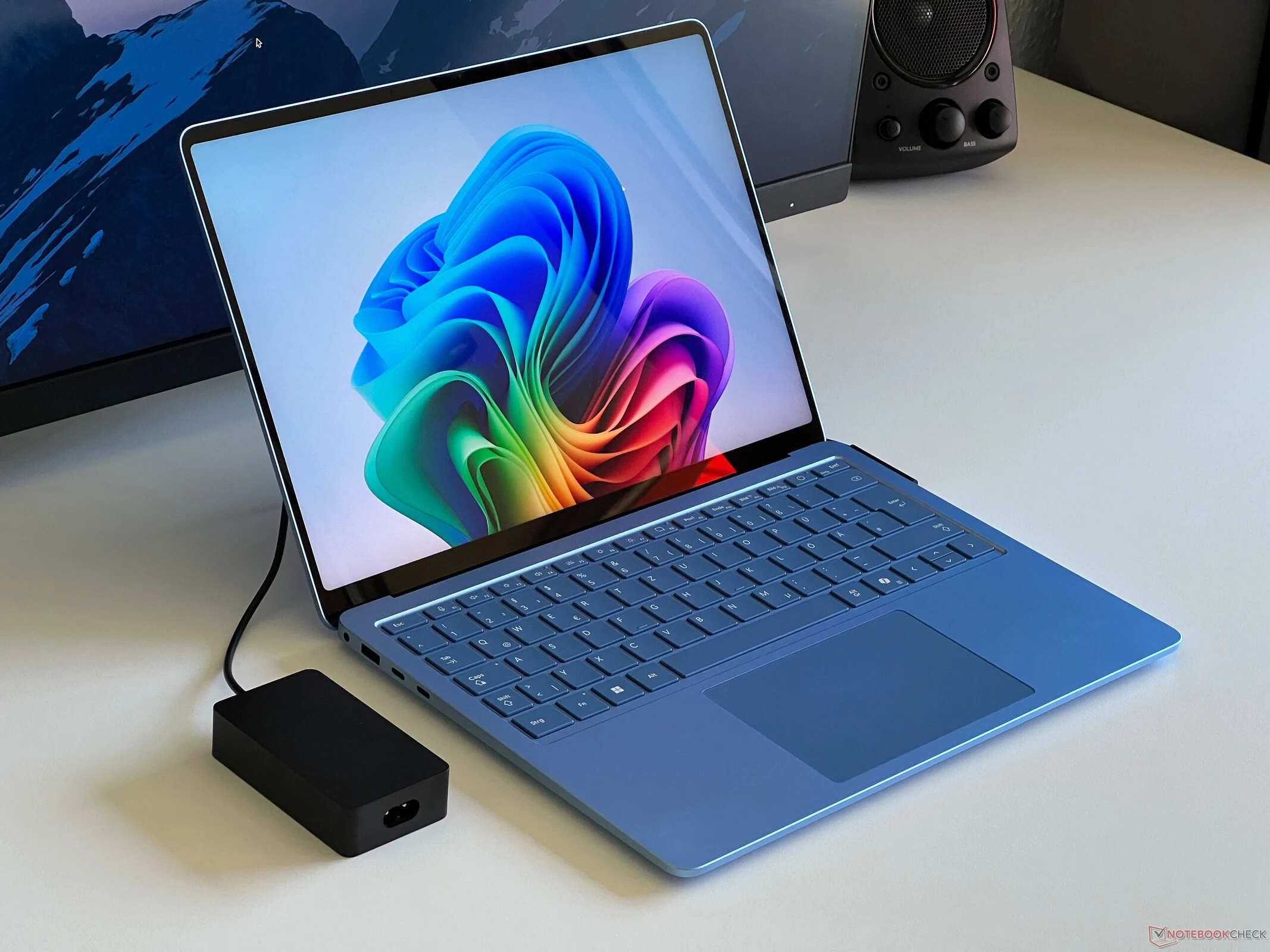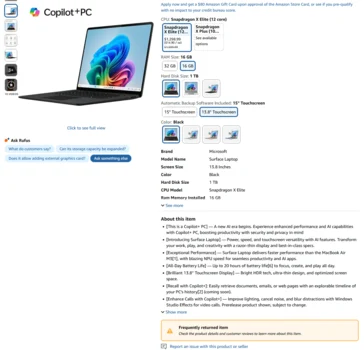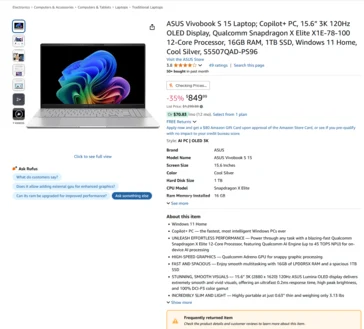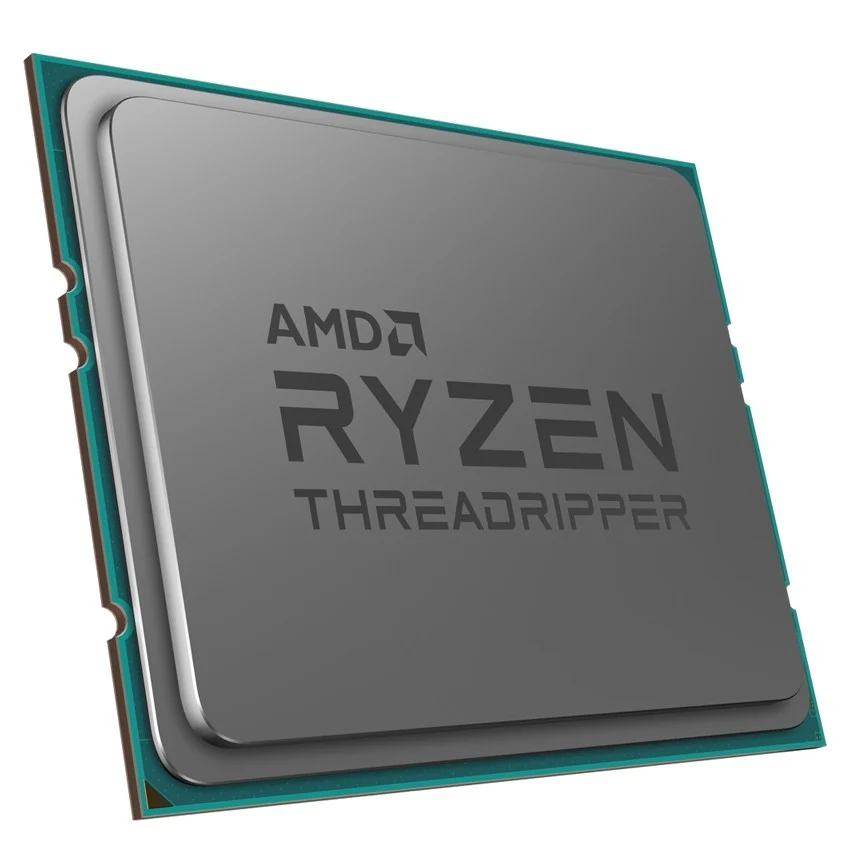Key Takeaways
1. The MegaHub is a docking solution specifically designed for the Apple MacBook Pro 16, with some compatibility for other devices using USB Type-C ports.
2. The dock’s design offers ergonomic advantages but makes the laptop bulkier, potentially affecting its portability.
3. It allows users to expand storage capacity significantly, accommodating up to four M.2 2280 SSDs for a total of 16TB.
4. The technical features include a maximum bandwidth of 1 Gbit/s, multiple USB ports, a headphone jack, and an SD card reader.
5. The MegaHub is currently crowdfunding on Kickstarter, with a backing price of $158 and potential risks associated with investing in crowdfunding projects.
The MegaHub is now in the process of crowdfunding on Kickstarter. As its name implies, this is a docking solution created for the Apple MacBook Pro 16 (starting at $2,229 on Amazon). Although the MegaHub utilizes USB Type-C ports that could theoretically work with other gadgets, its design is particularly tailored for the 16-inch MacBook Pro.
Dock Design and Ergonomics
The docking station has dimensions of around 14.4 x 3.5 x 1.1 inches and is partially situated beneath the Apple laptop. This positioning creates an angle that may provide ergonomic advantages. Nonetheless, it does make the laptop notably thicker, which could prevent it from fitting into sleeves or bags that are designed specifically for this model.
Storage Expansion Capabilities
On a positive note, the MegaHub allows users to significantly boost the storage capacity of the MacBook Pro, which can be a lot cheaper than Apple’s high prices for additional SSD space. Specifically, it can accommodate up to four M.2 2280 SSDs, offering a whopping total of 16TB of mass storage, as stated by the manufacturer. This amount of storage is sufficient to manage vast quantities of data, including RAW and high-resolution video files, thus making external hard drives unnecessary.
Technical Features and Crowdfunding Details
The dock boasts a maximum bandwidth of 1 Gbit/s and includes two USB Type-A ports, two USB Type-C ports that support up to 100W PD, a headphone jack, and an SD card reader. Those interested in supporting the Kickstarter campaign can secure their MegaHub by contributing $158. However, potential backers should keep in mind the typical risks of crowdfunding, which includes the possibility of losing their investment if the product fails to reach the market.
Source:
Link

